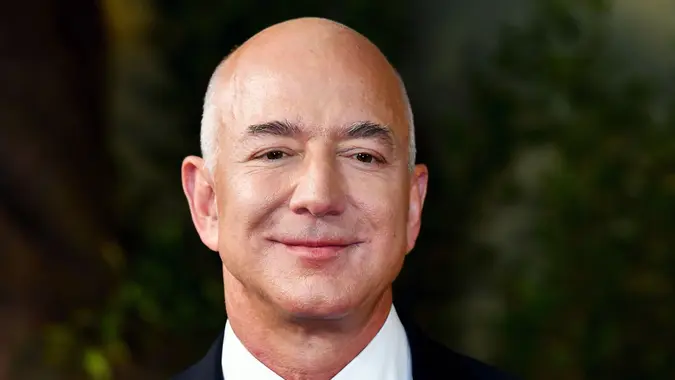I’m $25,000 in Debt: Here’s My Monthly Budget

Commitment to Our Readers
GOBankingRates' editorial team is committed to bringing you unbiased reviews and information. We use data-driven methodologies to evaluate financial products and services - our reviews and ratings are not influenced by advertisers. You can read more about our editorial guidelines and our products and services review methodology.

20 Years
Helping You Live Richer

Reviewed
by Experts

Trusted by
Millions of Readers
When you’re trying to get out of debt, how you manage your monthly income matters. Creating a realistic budget that covers essentials, prioritizes debt repayment, and shores up your emergency fund can help you make steady progress without feeling stuck.
GOBankingRates spoke to Oliver M. to see what his monthly budget is like while tackling $25,000 in debt from credit cards and personal loans. His monthly budget is broken down into three main categories: essentials, debt repayment, and savings.
Essentials: $2,500 a Month
The first priority in Oliver’s budget is covering essential expenses. “For essentials like utilities, groceries, and insurance, I allocate about $2,500 a month,” he said. Instead of slashing his budget to the bone, Oliver ensures that he meets his household’s basic needs first, then builds the rest of the budget around what’s left. He also tracks fixed and variable expenses each month, letting him adjust his budget accordingly.
Debt Repayment: $1,500 a Month
Oliver tackles his debt by allocating $1,500 each month for debt payments. His strategy involves paying down high-interest debt balances first to reduce interest over time. He also uses the debt snowball method to knock out smaller debts quickly for motivation. “I use the snowball method, where I pay off the smallest debts first, helping me create a momentum.” Oliver also automates his debt payments to avoid missing dates and incurring late fees.
Savings: $500 a Month
Even with high-interest debt, Oliver still finds room in his budget for savings. “I also allocate $500 each month toward savings, ensuring some financial security while addressing my debt.” Having an emergency fund helps him avoid tapping into credit cards or borrowing a personal loan. Saving money alongside debt repayment creates a balance that protects his progress and keeps him from starting over if life throws a curveball.
 Written by
Written by  Edited by
Edited by 
























